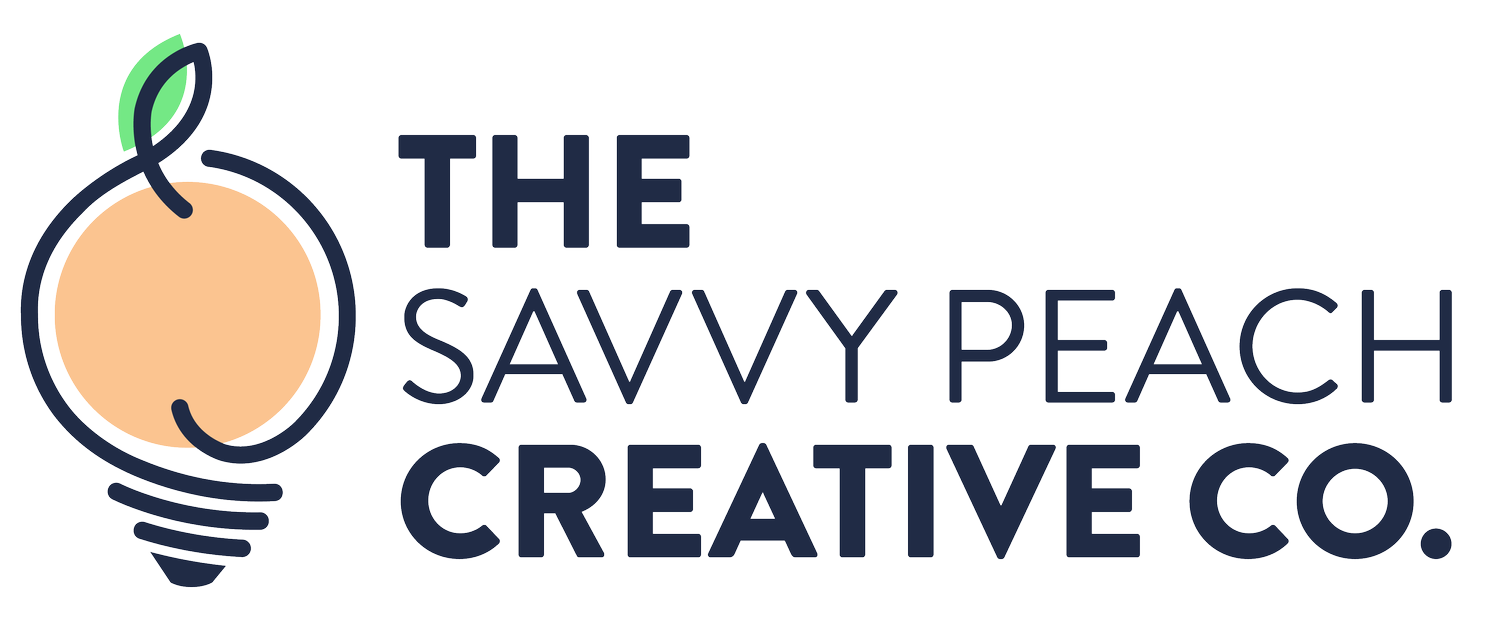Mastering Brand Strategy: A Step-by-Step Guide
In today’s rapidly evolving market, a well-crafted brand strategy is not just a nice-to-have; it's a necessity for survival and growth. Small and medium-sized businesses face unique challenges in carving out a distinct identity amidst a sea of competition. This is where the art and science of brand strategy come into play. At The Savvy Peach Creative Co., we understand the intricacies of branding and are here to guide you through each step of this crucial process.
Understanding Brand Strategy
What is Brand Strategy?
At its core, a brand strategy is a long-term plan designed to develop a successful brand to achieve specific goals. A well-defined and executed brand strategy affects all aspects of a business and is directly connected to consumer needs, emotions, and competitive environments.
Why is it Crucial?
For small and medium-sized businesses, a strong brand strategy can be the difference between fading into obscurity and rising above the noise. It's about creating a unique identity, one that speaks to your audience, builds customer loyalty and establishes a sense of trust. Studies show that businesses with coherent brand strategies can see a substantial increase in revenue and customer engagement.
Core Components of Brand Strategy
Brand Identity
Your brand identity is the visible elements of your brand, such as color, design, and logo, that identify and distinguish the brand in consumers' minds. Consistency here is key – your brand identity should be easily recognizable and consistent across all channels and touchpoints.
Brand Message and Voice
The brand message is what makes consumers relate to your brand by inspiring them, persuading them, motivating them, and ultimately making them want to buy your product. Your brand voice, whether it be professional, friendly, playful, or informational, should remain consistent in all written and spoken communication.
Target Audience
Identifying your target audience is a cornerstone of brand strategy. Understanding who your customers are, what they want, and what motivates them is crucial for tailoring your messaging and offerings to meet their needs.
Steps to Develop a Holistic Brand Strategy
Market Research
Conduct thorough market research to understand your industry, customers, and competitors. Tools like SWOT analysis can be invaluable in this stage. This research will inform your strategy and help you differentiate yourself.
Defining Brand Goals and Values
What does your brand stand for? What are its core values? How do these align with your business goals? Answering these questions will help you establish a brand that resonates with your audience on an emotional level.
Creating a Brand Experience
Your brand experience encompasses all the interactions people have with your brand. From customer service to your online presence, every touchpoint should reflect your brand identity and values.
Implementing the Strategy
Implementing your brand strategy may involve rebranding, redesigning your website, aligning your social media presence, or training your team to communicate your brand's message effectively. Remember, flexibility is key – be prepared to adapt your strategy based on feedback and changing market conditions.
Measuring Success
To gauge the effectiveness of your brand strategy, track key performance indicators like brand awareness, website traffic, sales, customer engagement, and feedback. Regularly review these metrics and be ready to tweak your strategy for continuous improvement.
When to Seek Professional Help
If you're struggling to differentiate your brand, reach your target audience, or if your marketing efforts are not yielding the desired results, it might be time to seek professional help. Agencies like The Savvy Peach Creative Co. can provide the expertise and insights to elevate your brand strategy.
Developing a holistic brand strategy is a journey that requires time, effort, and patience. Remember, your brand is more than just a logo or a tagline – it's the entire experience your customers have with your business. With the right approach and a willingness to learn and adapt, your brand can thrive in even the most competitive markets.

